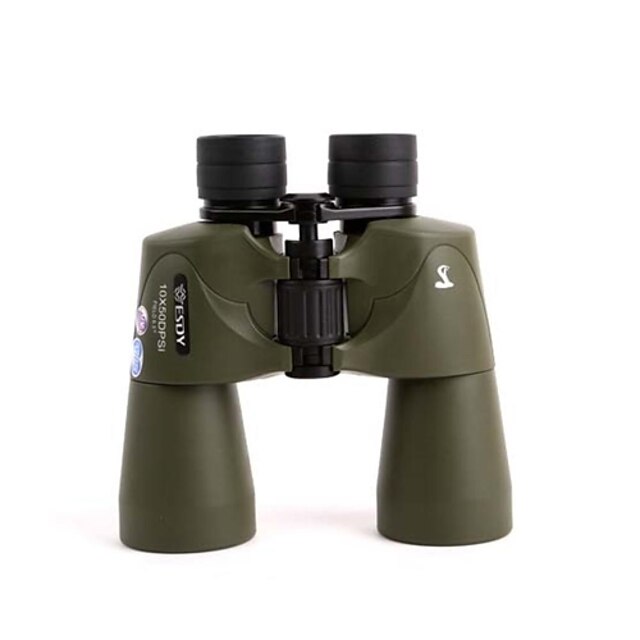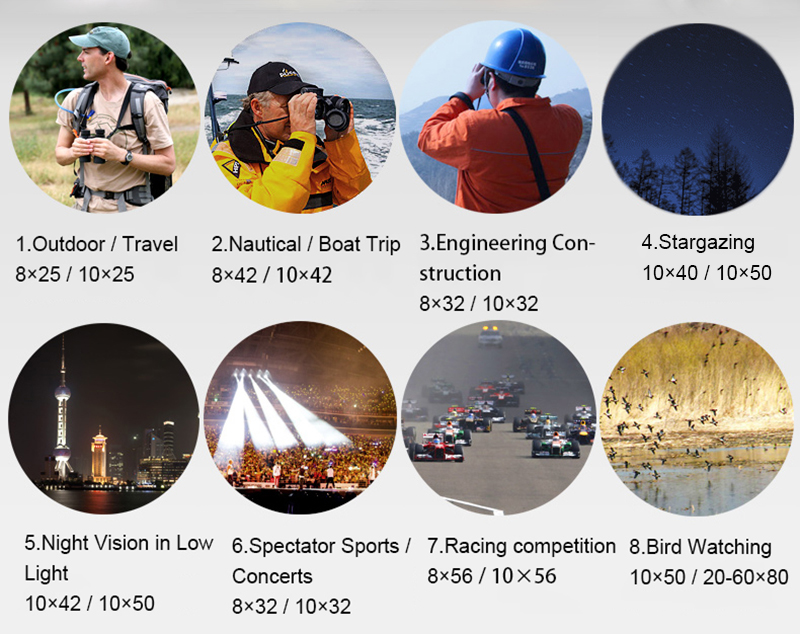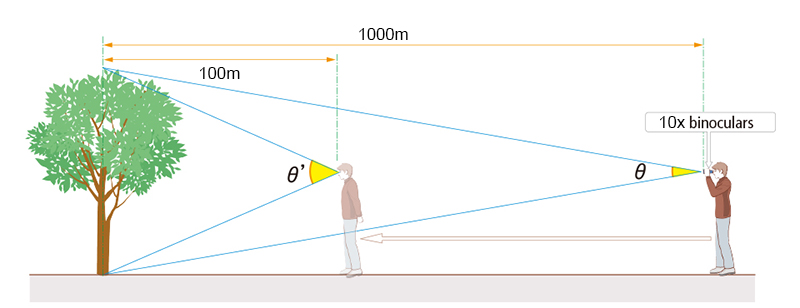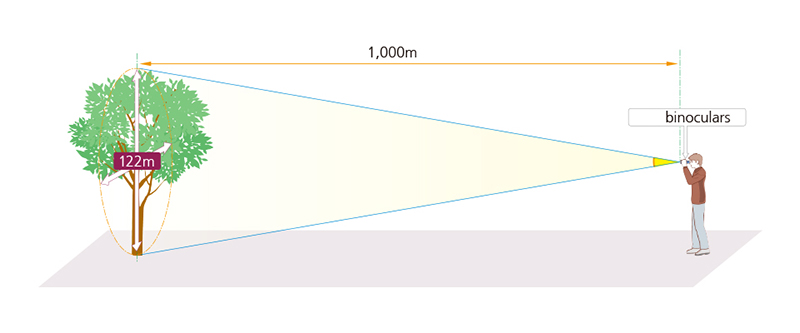Pokyny pro porušení autorských práv
Vezměte prosím na vědomí:
Když si vyberete obrázky, které je třeba přizpůsobit, musíte se ujistit, že neporušujete žádná autorská práva. Pokud by po dokončení přizpůsobení došlo k jakýmkoli problémům s porušováním autorských práv, nemůžeme za ně nést odpovědnost. Ujistěte se prosím, že souhlasíte s našimi Obchodními podmínkami. Pokud nemáte žádné další otázky, můžete kliknutím na tlačítko OK pokračovat v nákupu. Ještě jednou děkujeme za to, že jste si vybrali nakupovat u nás.
Ujistěte se prosím, že souhlasíte s našimi Obchodními podmínkami.
Často kladené otázky
Položka úspěšně přidána






